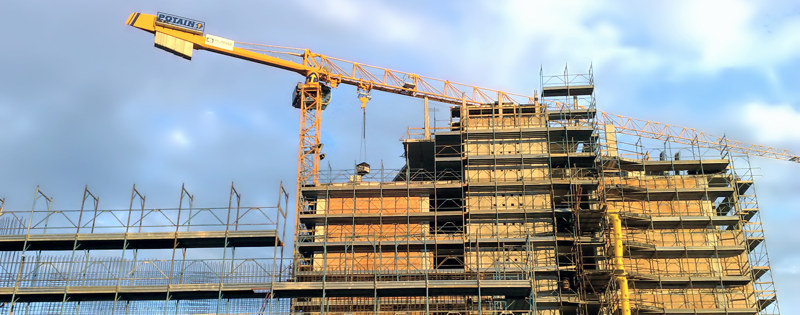
Although the real estate business blossoming in many places, it’s often difficult to find appropriate locations to develop. Thus settling on a particular location is perhaps the most crucial decision for a real estate developer, and requires research and precise planning. It involves studying demographics, scoping the competition, sticking to a budget, understanding the building and planning laws, and much more.
Nowadays, many people seem to have an opinion about the best places to invest in property. They think they’re experts, and property investment is often a heated conversation topic. To help sort out the essentials from the non-essential, we’ve come up with some tips and suggestions about the places where you should or shouldn’t park your investment pounds.
Locations that work
Property development invariably involves finding particular locations to work on. Some locations offer better opportunities for multi-unit or apartment development, whereas others are more appropriate for unique renovations and other kinds of projects. The following are some factors to consider to choose an optimal spot:
- The shape of the land: an oddly shaped plot can make development projects challenging. So before purchasing the land, review its exact shape, width and depth.
- Transportation: roads and highways are the lifeblood of society. Is your designated location easily accessible for shopping, employment and recreation? It’s also important to find out about public transportation links.
- Quality of services: the plot should have access to government services like police and fire protection, hospitals, churches, municipal recreational facilities and schools. Or a fair possibility for these services becoming available or accessible within reasonable time.
- Climate: this has a direct influence on the nature of development. Places with good air quality have higher demands than places which are polluted or more prone to heavy rainfall and natural disasters such as floods and earthquakes. This factor is relevant if you’re considering investing abroad.
- Utilities: good drainage and sewage treatment is a must-have for any home — again, be careful to research the area’s infrastructure when developing abroad. Energy supply is also important and offering onsite renewables is one path you can take.
Locations that don’t work
Now that we have discussed the ideal locations for your property development, let’s talk about the places that will give you nightmares.
- Locations close to industrial areas: this can damage the aesthetic appeal of the plot, making it a very tough sell. The smells from a landfill or factory can also have a negative impact. Brownfield land is an option, but you need to consider what that means for your renovation project.
- Raw, undeveloped land: building properties in the middle of nowhere is difficult, both for the developer and for the people who wind up living there. Having access to power and drainage is one thing, but feeling isolated in a desolate area with no sense of community is quite another. Granted, not everyone wants neighbours, but having the option to ‘go out in town’ is something to bear in mind.
- Properties next to noisy transport: if residents have to hear a plane or train pass every 15 minutes this will be detrimental to their quality of life.
At the end of the day…
The key for a successful property development project is to research both the area and your target demographic thoroughly, and certainly avoid the 10 worst property development mistakes. Try to stick to the places you are familiar with, but when going further afield – remember to do thorough research. Building the perfect haven will be easy with prior planning and preparation. The more effort you apply in the early stages, the fewer surprises you’ll have down the line.
[Photo by Clarita]




